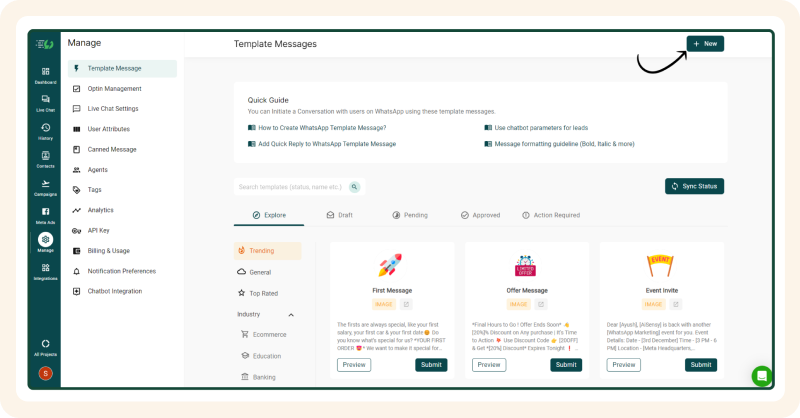Maximizing Engagement with WhatsApp Group Outreach Tool
Easy Methods to Make Your Pinterest Home Page Appear to be One Million Bucks
26 junio, 202510 Wrong Answers to Common sustainable kitchens Questions: Do You Know the Right Ones?…
26 junio, 2025Maximizing Engagement with WhatsApp Group Outreach Tool
In recent years, WhatsApp has become one of the most widely used messaging platforms globally, with over two billion active users. This immense reach makes it an invaluable tool for businesses and organizations looking to connect with their audience. One of the most effective features of WhatsApp is its group outreach tool, which allows users to create and manage groups for communication and engagement. This article explores the benefits and best practices of using WhatsApp group outreach tools for effective communication and community building.
WhatsApp groups offer a unique space where users can interact, share information, and foster relationships. For businesses, this means the opportunity to create a community around their brand. By forming groups with customers, stakeholders, or employees, organizations can facilitate discussions, gather feedback, and strengthen connections. The immediacy of messaging on WhatsApp allows for real-time communication, making it easier to address inquiries, share updates, and engage with members promptly.
One of the primary advantages of the WhatsApp group outreach tool is its ability to enhance customer engagement. Businesses can create groups for specific purposes, such as product launches, customer support, or community initiatives. For instance, a company launching a new product can create a group specifically for interested customers, providing them with exclusive updates, promotional offers, and direct access to customer service. This not only boosts engagement but also fosters a sense of belonging among group members, making them feel valued and important.
Moreover, WhatsApp groups can serve as an effective platform for gathering feedback. Organizations can use these groups to conduct surveys, gather opinions, and understand customer needs better. By encouraging open dialogue within the group, businesses can gain insights that can inform product development, marketing strategies, and customer service improvements. The feedback collected through these groups can be invaluable in shaping the future direction of a company.
To effectively utilize the WhatsApp group outreach tool, it is essential to establish clear guidelines and objectives. Before creating a group, businesses should define its purpose and the types of interactions they wish to encourage. This could range from sharing updates and promotions to facilitating discussions and answering questions. Setting expectations helps maintain a focused and productive environment, ensuring that group members understand the group’s purpose and feel comfortable participating.
Another best practice is to keep group sizes manageable. While WhatsApp allows groups of up to 256 participants, smaller groups often lead to more meaningful interactions. Limiting the number of participants can help foster deeper discussions and ensure that everyone’s voice is heard. Additionally, businesses should consider appointing group admins to facilitate conversations, manage inquiries, and maintain a positive atmosphere within the group.
Lastly, regular engagement is key to keeping members active and interested. Businesses should strive to post relevant content regularly, such as updates, tips, and engaging questions. Encouraging members to share their thoughts and experiences can also stimulate conversation and enhance the sense of community. By creating a dynamic and interactive environment, businesses can maximize the effectiveness of their WhatsApp group outreach tool.
In conclusion, the WhatsApp group outreach tool presents a powerful opportunity for businesses and organizations to engage with their audience, gather feedback, and build community. By implementing best practices and maintaining a clear focus, organizations can leverage this tool to foster meaningful relationships and drive success in their outreach efforts.
